Ubuntu Democracy: Reclaiming Kenya’s Constitutional Promise Through Grassroots Power
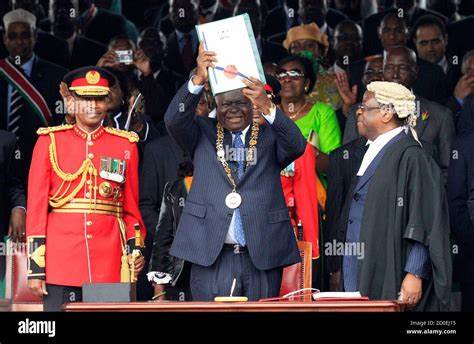
Kenya's 2010 Constitution begins with a radical declaration: "All sovereign power belongs to the people... and shall be exercised only in accordance with this Constitution" (Article 1(1)). Yet 14 years later, this promise remains unfulfilled. Power remains concentrated in Nairobi's political elites, elections are marred by corruption and ethnic brinkmanship, and gender quotas remain unmet. Enter Ubuntu Democracy (or the Keter Model), a governance framework designed not just to align with Kenya's constitutional ideals but to actualize them—by rooting power in villages, abolishing toxic electioneering, and making inclusivity non-negotiable.
In an era marked by voter disillusionment, political polarization, and the corrosive influence of money in elections, this bold vision for democracy challenges centuries-old norms. Inspired by the African philosophy of Ubuntu (“I am because we are”), the model seeks to upend representative democracy’s architecture by restoring sovereignty to the people—symbolized by its alternate name, the Keter Model (from the Hebrew word for "crown").
The Crisis of Modern Democracy
Today's democracies are plagued by systemic failures. Citizens globally report dwindling trust in institutions, feeling marginalized by leaders who prioritize partisan agendas or wealthy donors over public welfare. Ethnic divisions, short-term populism, and unaccountable representatives have deepened societal fractures. In Kenya, where ethnic politics and corruption have long stifled progress, these issues are acute. The 2010 Constitution envisioned a Kenya where "the people" govern, yet power remains a distant abstraction for most. Elections since devolution began in 2013 have devolved into a near-constant cycle of rallies, handouts, and debt-driven campaigns, costing Kshs.44.6 billion in 2022 alone. Policy paralysis and election-related violence dominate, as leaders prioritize re-election over governance.
Ubuntu Democracy closes the gap between constitutional promise and reality. By decentralizing power to villages, mandating inclusivity, and replacing campaigns with community trust, it offers a blueprint to finally honor Article 1's radical premise: that sovereignty isn’t borrowed, but owned.
The Pillars of Ubuntu Democracy
At its core, Ubuntu Democracy inverts traditional power structures. Instead of top-down rule, it begins with villages—the smallest social units—as the foundation of governance.
1. Grassroots Power: Villages as Sovereign Units
The model operationalizes Article 1 by making villages the foundational tier of governance. Universal suffrage applies only at this level, where every adult resident nominates and elects their local council. Each village council includes a woman, a man, a female youth (18–35), a male youth, and a person with disability (if available). These quotas apply at every tier, ensuring women and marginalized groups hold equal voting power. Representatives ascend to higher tiers (ward, county, national) through elections at each level, creating an unbroken chain of accountability. "Power doesn’t trickle down—it rises up."
2. Abolishing Parties, Prioritizing Merit
Political parties—and their divisive campaigns—are eliminated. Candidates run as independents, evaluated solely on integrity, competence, and local ties. Kenya’s "perennial electioneering mood" has long fueled corruption and ethnic mobilization. The Keter Model criminalizes campaigning. Villagers nominate candidates based on merit through public vetting, akin to Ghana’s "community selection" traditions. Nominees—often unaware they’ve been proposed—must earn community approval to stand. "Leaders are chosen not for their slogans, but for their ability to listen."
3. Constant Accountability
Representatives at all levels face instant recall via grassroots petitions—100,000 signatures for county officials, 1 million nationally. Major decisions, like new laws or budgets, require ratification through village referendums. This perpetual accountability ensures leaders govern rather than campaign. "When your neighbor nominates you, you answer to them daily," says a participant in a consultative forum.
4. Inclusive Representation: Beyond Tokenism
The 2010 Constitution mandated that no more than two-thirds of any elected body be of one gender. Yet Kenya’s Parliament remains 75% male. Parliament has found it hard to arrive at a formula to meet this constitutional requirement. Ubuntu Democracy enforces parity structurally. Quotas with teeth ensure marginalized groups aren’t relegated to "special seats" but wield equal power. "Tokenism dies when representation is structural".
Learning from the Past, Building for the Future
Ubuntu Democracy draws inspiration from historical precedents. Ancient Athenian assemblies and New England town halls exemplify direct citizen engagement, while Switzerland’s canton system showcases decentralized governance. The Ubuntu Democracy model is uniquely scaled for modern nation-states, blending grassroots participation with structural rigor.
Critics argue the system risks inefficiency. Coordinating thousands of village councils demands robust administration and technology. Others question whether abolishing parties might dilute ideological coherence. The proponents of this model counters that parties breed polarization: "Unity emerges not from uniformity, but from respecting diverse needs. Development isn’t about left vs. right—it’s about clean water vs. dry taps."
Challenges: Can Villages Overcome Elite Resistance?
Skeptics question whether a village-upward system can withstand Kenya’s entrenched patronage networks. Nominating leaders locally risks favoring dominant families or clans. Yet the model’s transparency measures—public vetting, open deliberation—are designed to check such biases. Implementing Ubuntu Democracy faces hurdles: entrenched elites and party loyalists may resist, while building administrative capacity across villages requires investment.
Still, Kenya’s devolved governance since 2013 proves local structures can thrive. Pilot projects have shown promise. As one Kenyan farmer remarked, "Now, when I speak, my leader must listen."
A Global Blueprint for Democratic Renewal?
While designed for Kenya, Ubuntu Democracy offers lessons for democracies worldwide. Its emphasis on local empowerment resonates in regions where centralized governments fail marginalized communities. The recall and referendum mechanisms could temper executive overreach in presidential systems. By removing campaign financing, it addresses corruption—a scourge in democracies from Brazil to India.
Already, the model sparks dialogue. In Brazil’s participatory budgeting initiatives and Iceland’s crowdsourced constitutions, traces of grassroots democracy exist. Ubuntu democratic framework amplifies these ideas, proposing a holistic shift from "representative" to "participatory" democracy.
Conclusion: Democracy as a Daily Practice
Ubuntu Democracy redefines governance not as a distant spectacle but as a daily act of collective stewardship. It asks: What if power truly belonged to the people? By rooting legitimacy in villages, abolishing divisive campaigns, and mandating inclusivity, the writers’ vision dares to answer.
As Kenya grapples with debt, climate crises, and inequality, this model plants seeds for a future where governance begins and ends with the people. In the words of a Luo proverb: "The river is filled drop by drop." The Keter Model begins with those drops—the villages—to refill the drought-stricken river of Kenyan democracy.
For nations seeking renewal, it offers not just a blueprint, but a provocation: Democracy can—and must—evolve.
Keter’s forthcoming book, “Unleashing Non-Partisan Grassroots Democracy,” delves into the philosophical and practical dimensions of this model. For a nation weary of elite capture, it asks: “If power truly belongs to the people, why not let them wield it?”
The writer is an Advocate of the High Court of Kenya and a political analyst


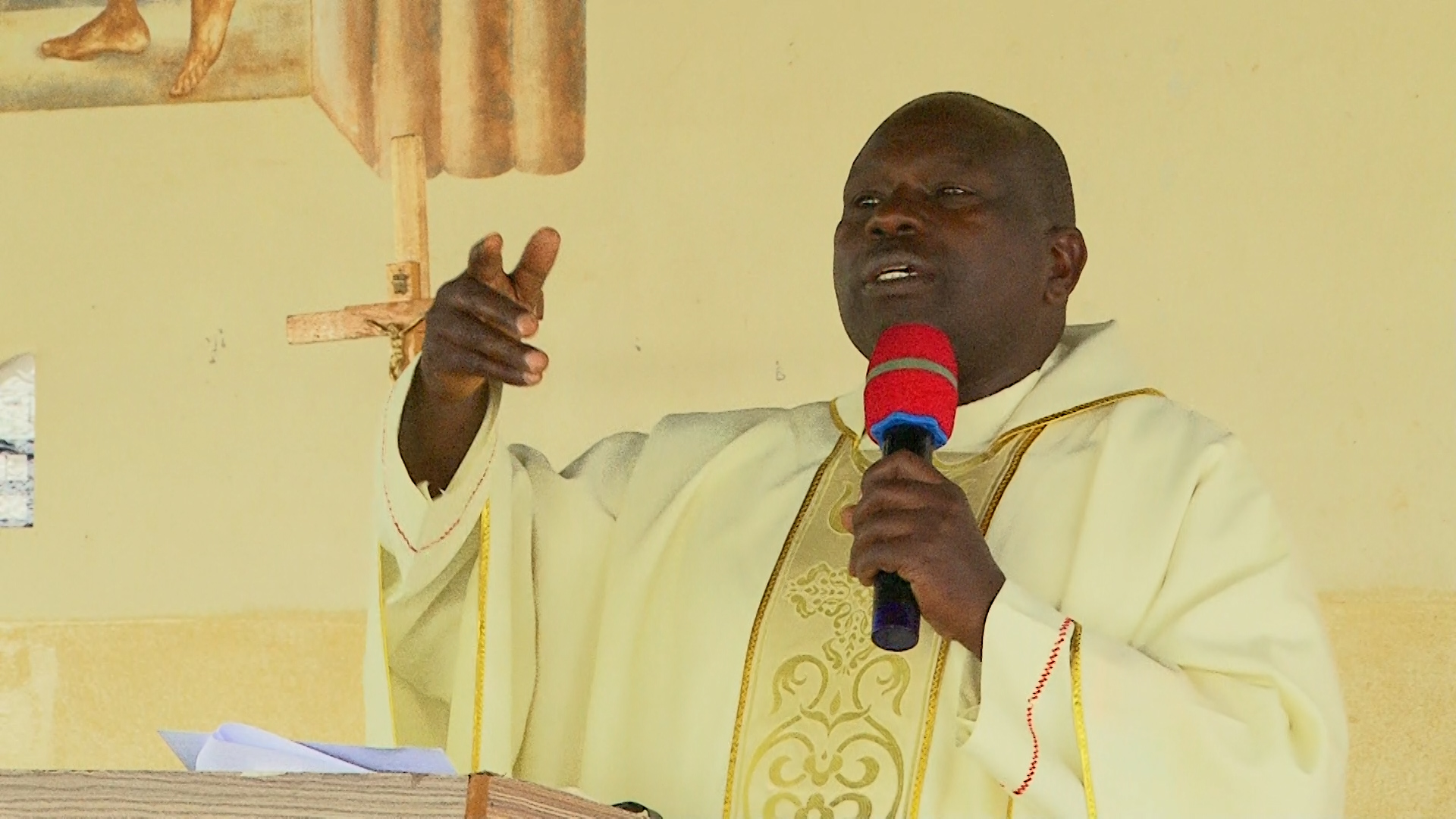
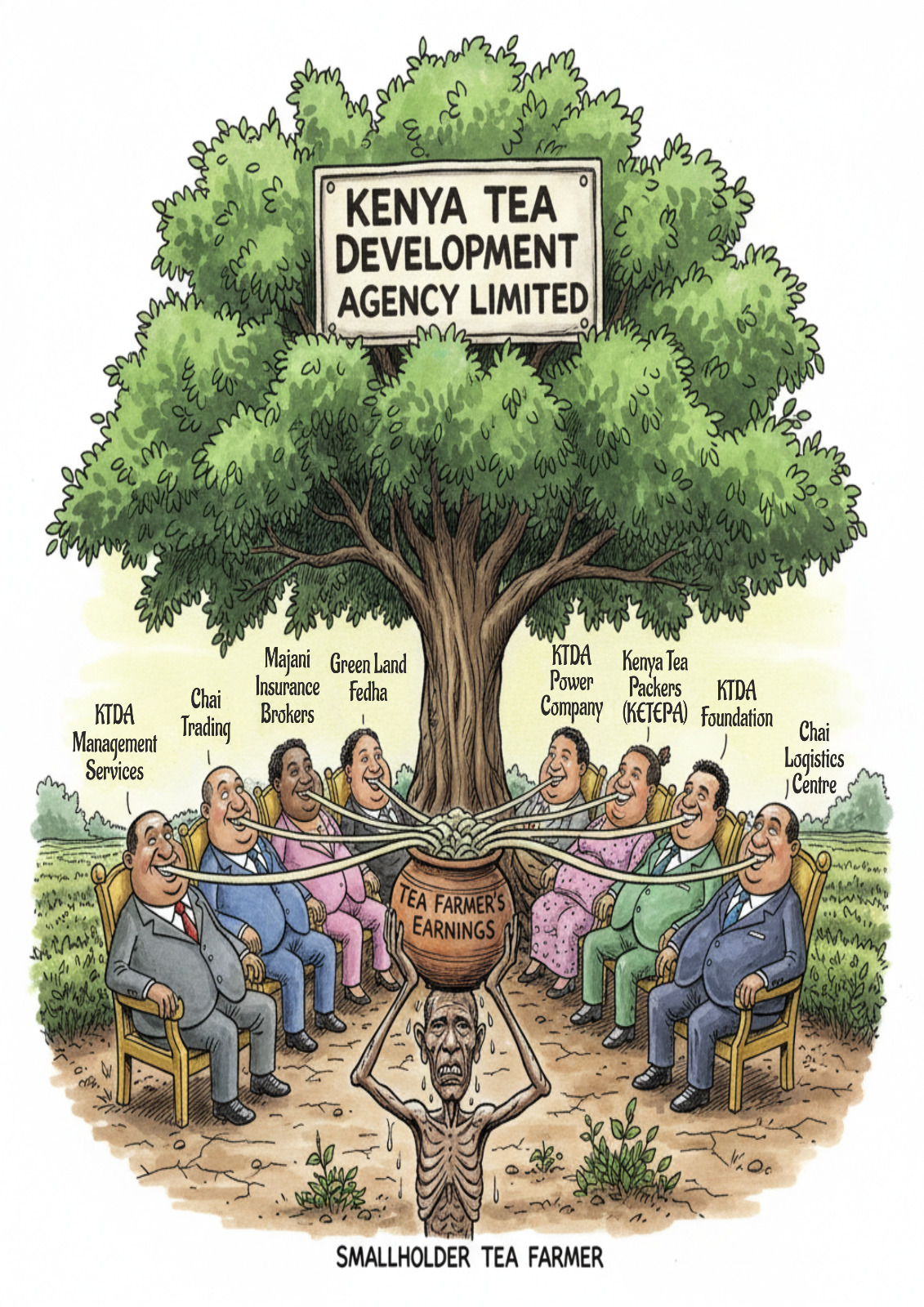
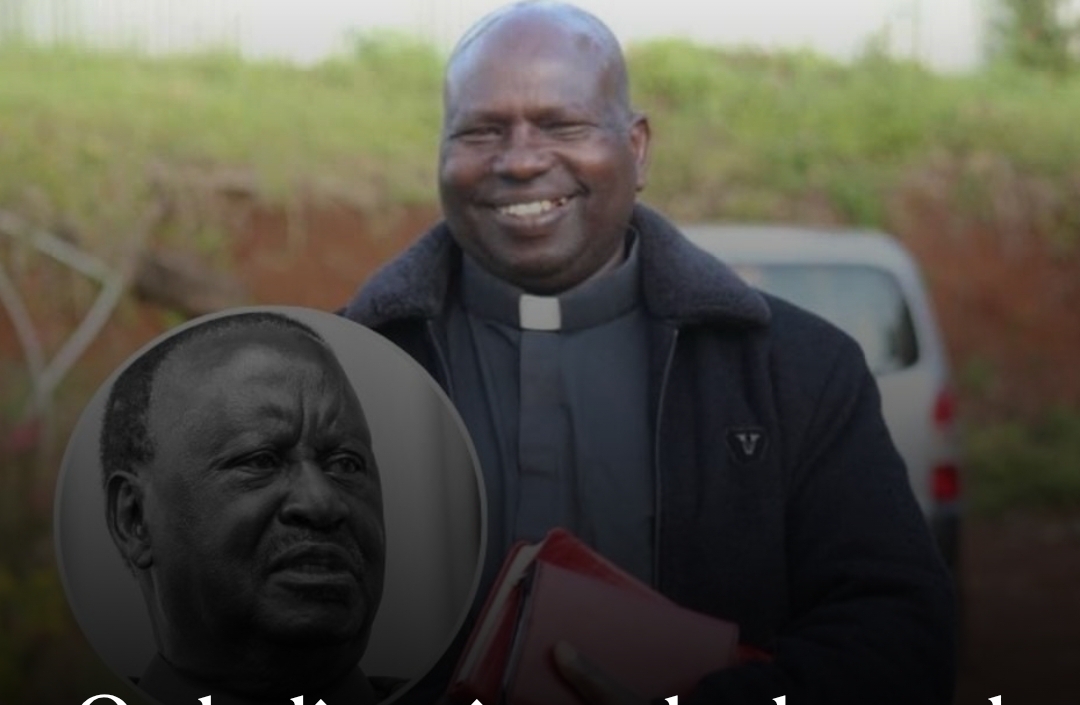
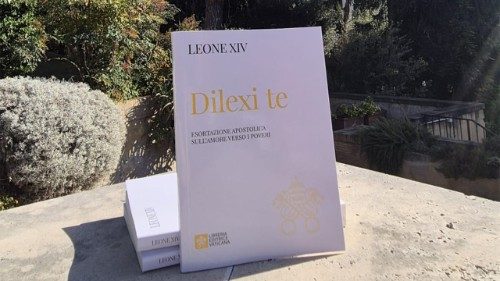

Comments (0)
No comments yet. Be the first to comment!